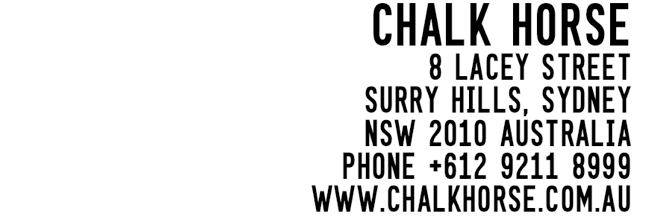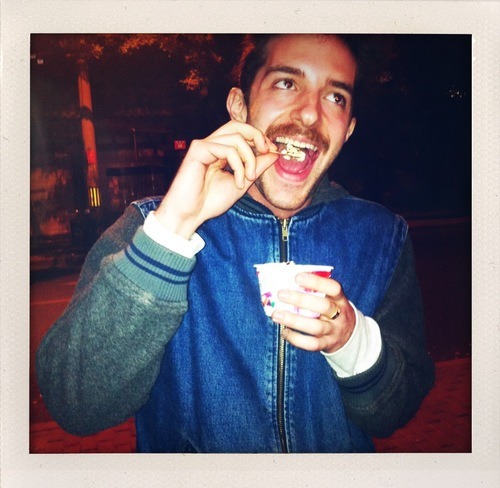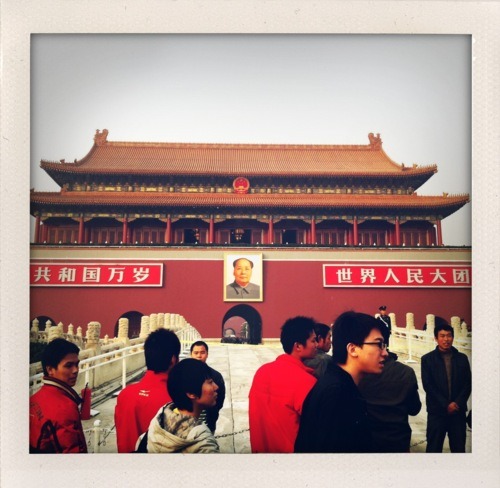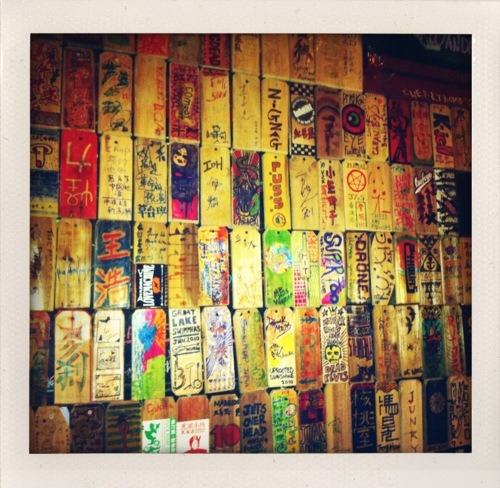Laurel Nakadate will be on view at
MoMA Ps1 NYC, USA in January 23, 2011 - May 2, 2011
Laurel Nakadate "Lucky Tiger #87" 2009, unique type-c print with fingerprinting ink
Laurel Nakadate "Lucky Tiger #231" 2009, unique type-c print with fingerprinting ink
Fever Dream with Rabbit (2009) Digital print
Laurel Nakadate is known for her works in video, photography, and feature-length film. This is Nakadate's first large-scale museum exhibition and will feature works made in the last ten years in all three media, including her early video works, in which she was invited into the homes of anonymous men to dance, pose, or even play dead in their kitchens, bedrooms, and living rooms. Also included will be Good Morning, Sunshine (2009), a more recent work in which Nakadate enters the bedrooms of young women, waking them, and instructs each to strip to their underwear for the camera. Nakadate's two features, Stay the Same Never Change (2009) and The Wolf Knife (2010) mine similar terrain-the power and fragility of the adolescent female body. The exhibition will also be the premiere of Nakadate's latest photographic series 365 Days: A Catalogue of Tears, currently in progress. These photographs document a year-long performance that began on January 1, 2010 in which the artist documented, and continues to document herself before, during, and after weeping each day. The exhibition brings together bodies of work that touch on voyeurism, loneliness, the manipulative power of the camera, and the urge to connect with others, through, within, and apart from technology and the media.
Chalk Horse represent Laurel Nakadate in Australia and currently have a number of works in stock also held in the Saatchi collection and at MoMA NYC, USA.
Ai Weiwei "Sunflower Seeds" 2010 Photocredit: Tate Photography
Juliet Bingham, Curator, Tate Modern
"Ai Weiwei's Unilever Series commission, Sunflower Seeds, is a beautiful, poignant and thought-provoking sculpture. The thinking behind the work lies in far more than just the idea of walking on it. The precious nature of the material, the effort of production and the narrative and personal content create a powerful commentary on the human condition. Sunflower Seeds is a vast sculpture that visitors can contemplate at close range on Level 1 or look upon from the Turbine Hall bridge above. Each piece is a part of the whole, a commentary on the relationship between the individual and the masses. The work continues to pose challenging questions: What does it mean to be an individual in today's society? Are we insignificant or powerless unless we act together? What do our increasing desires, materialism and number mean for society, the environment and the future?"
Ai Weiwei recently exhibited at Chalk Horse in 2010 as a part of "The Problem of Asia" curated by Alvaro Rodriguez Forminaya from Para/Site gallery in HK.

























































